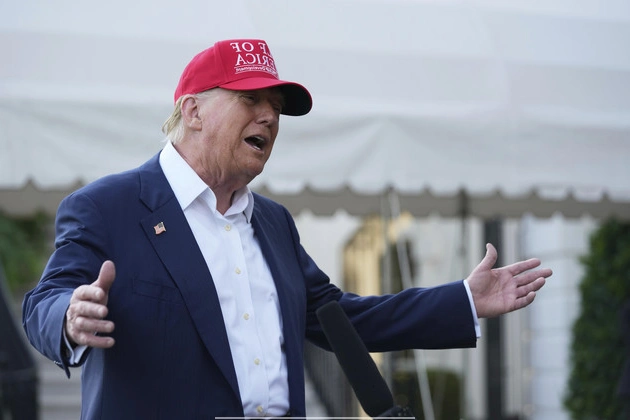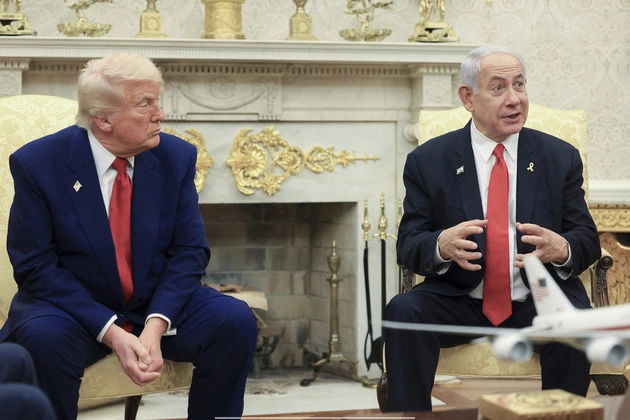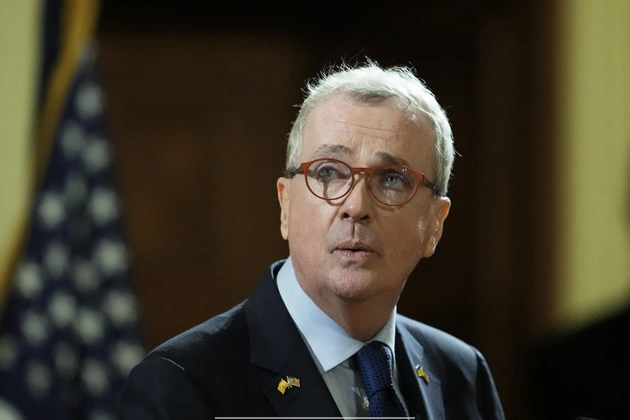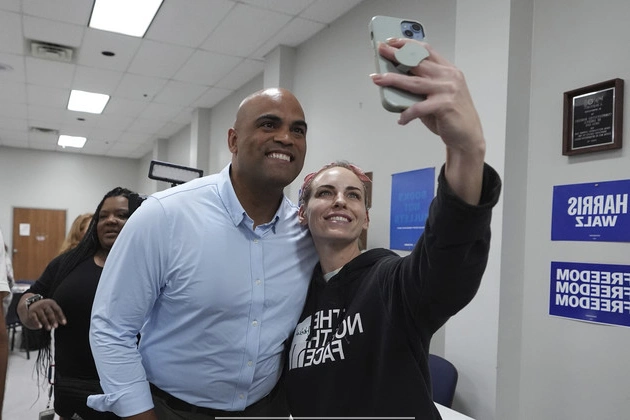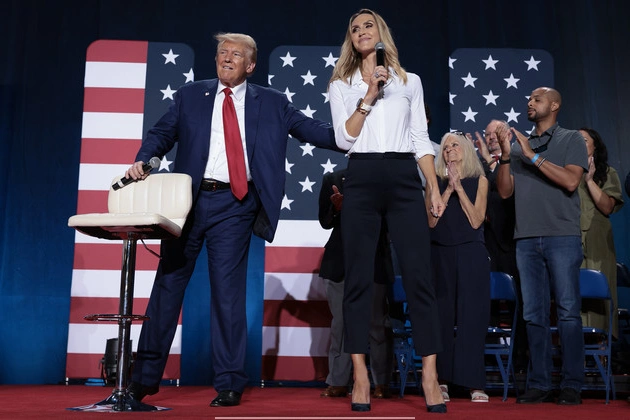
President Donald Trump and Defense Secretary Pete Hegseth have announced a groundbreaking proposal for a $1 trillion defense budget, setting a new record for military funding.
Unveiling the Plan
During a joint press conference with Israeli Prime Minister Benjamin Netanyahu, President Trump disclosed that the upcoming budget would approach the $1 trillion mark, emphasizing a strong commitment to bolstering national security.
Hegseth’s Assurance
In a subsequent social media post, Secretary Hegseth expressed confidence in the administration’s efforts to rapidly enhance military capabilities. He affirmed, “President Trump is revitalizing our armed forces at a remarkable pace, ensuring every taxpayer dollar is allocated wisely for enhanced lethality and readiness.”
The proposed budget marks a substantial increase from the $892 billion allocated by Congress this year for defense programs, encompassing the Pentagon, nuclear initiatives, and security operations across various agencies. This initiative coincides with a strategic reallocation of resources within the armed forces, aiming to streamline operations and focus on modernization.
Strategic Reforms
Secretary Hegseth also outlined plans to downsize the civilian workforce within the department while initiating reforms such as base consolidations, both domestically and internationally. These measures are anticipated to optimize operational efficiency and resource utilization.
Notably, the announcement precedes the customary federal budget release scheduled for late May, indicating a proactive approach to national defense strategy.
Clarifying the Scope
Although specifics regarding the allocation of the $1 trillion remain undisclosed, President Trump emphasized the imperative of fortifying the military in response to prevailing global threats. The proposed budget encompasses not only Pentagon expenses but also broader national defense outlays, surpassing the projected $900 billion threshold.
Republicans in Congress are concurrently deliberating an interim budget surge of up to $150 billion, aiming to bolster military and border security while reducing tax burdens. The final appropriation, ranging from $100 billion to $150 billion, underscores the government’s commitment to fortifying national defense capabilities over the long term.






